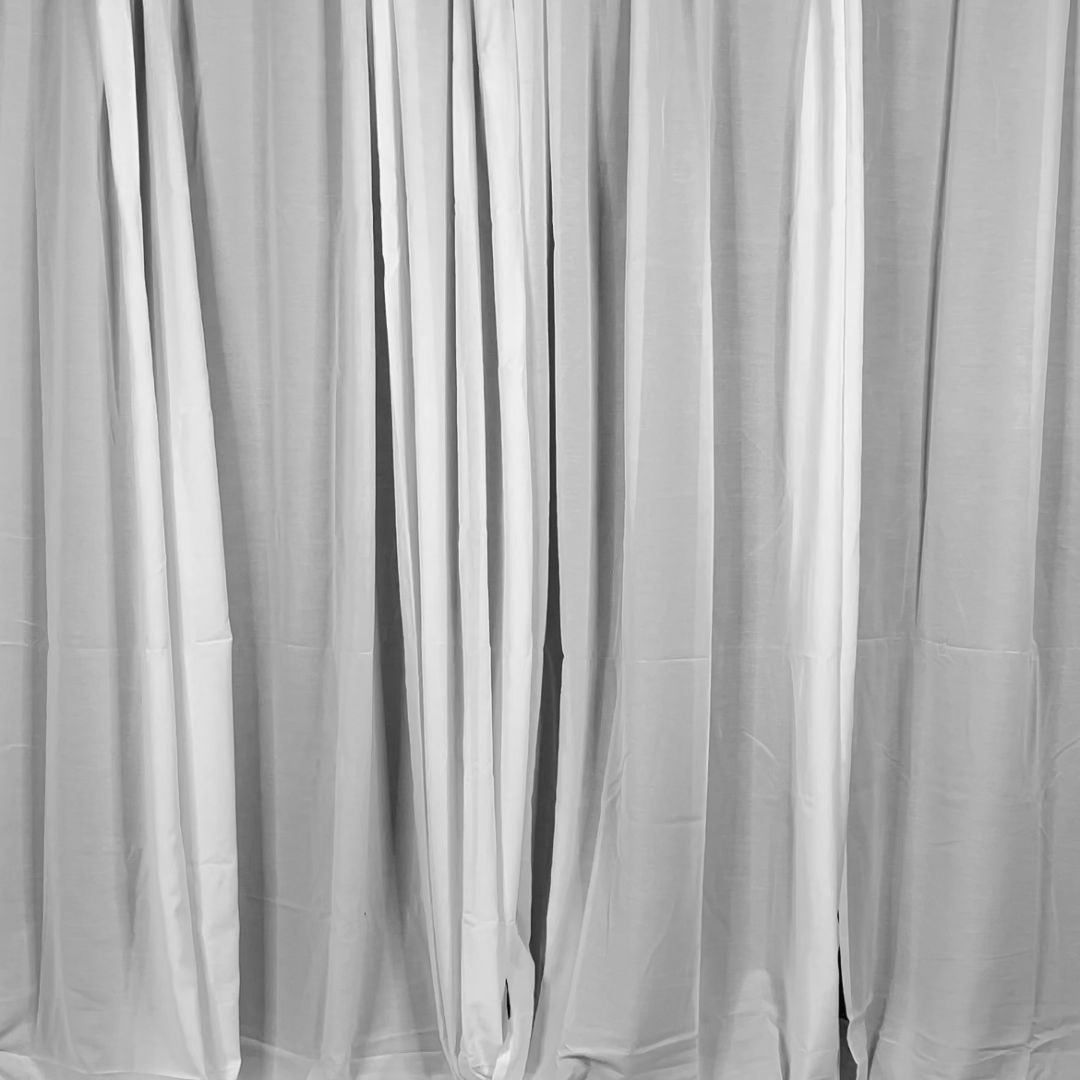What to Look for in PMU Training
Being a PMU artist means always honing your craft. Whether you’re just beginning or have been in the industry for years, there are always new beauty techniques to learn. (Lash lift, lip blush and brow lamination to name a few…)
With permanent makeup becoming so popular, courses have popped up everywhere. But PMU is a technical skill and art that takes time to master, so investing in the right training is key. What should you look for?
Purpose of Training
Training is ultimately to make you a better PMU artist. Before looking for a training, list out your goals:
Clients’ needs: What are your clients looking for? What are competitors offering?
After the training, I will be able to offer _____ to my clients.
Technique: The training should fill a gap in your skill set. The technique needs to be one you plan to keep practicing and offer to your clients.
Level: Choose an appropriate level so you are building on what you know while learning a new skill. Some courses have prerequisites.
Trainer Credentials
A trainer wears different hats during the course. You want a trainer who has experience in each of these roles.
PMU Artist: An experienced PMU artist can share her knowledge about problems during the actual procedure, touch ups, and working with clients. Find a trainer whose work you like. PMU is skill and style.
Instructor: A great trainer can talk theory and show beginners how tools work and what happens step-by-step and the why behind the steps.
Facilitator: An ideal trainer is organized and runs the session smoothly, from doing demos to handing off the work to you. Look for testimonials from past students.
Course Logistics
You have needs as a student. The right class fits with your schedule and budget.
Class size: You will need individual attention and supervision to get the most out of a course. Around 5 students and no more than 7 is ideal (or even one on one!).
Materials: The course should provide a student kit and have a way for you to practice during and after. Quality tools matter. The student kit should provide a machine and materials for the procedure, such as needles, pigments and mapping tools.
Time: Courses run anywhere from 1 day to a week. We recommend a 5 to 7 days fundamental course that includes theory and practice.
Support: The course should provide support such as student shadow days and access to the instructor after. You will have questions and need more practice!
What was your favorite training? Let us know in the comments!



Leave a comment
This site is protected by hCaptcha and the hCaptcha Privacy Policy and Terms of Service apply.